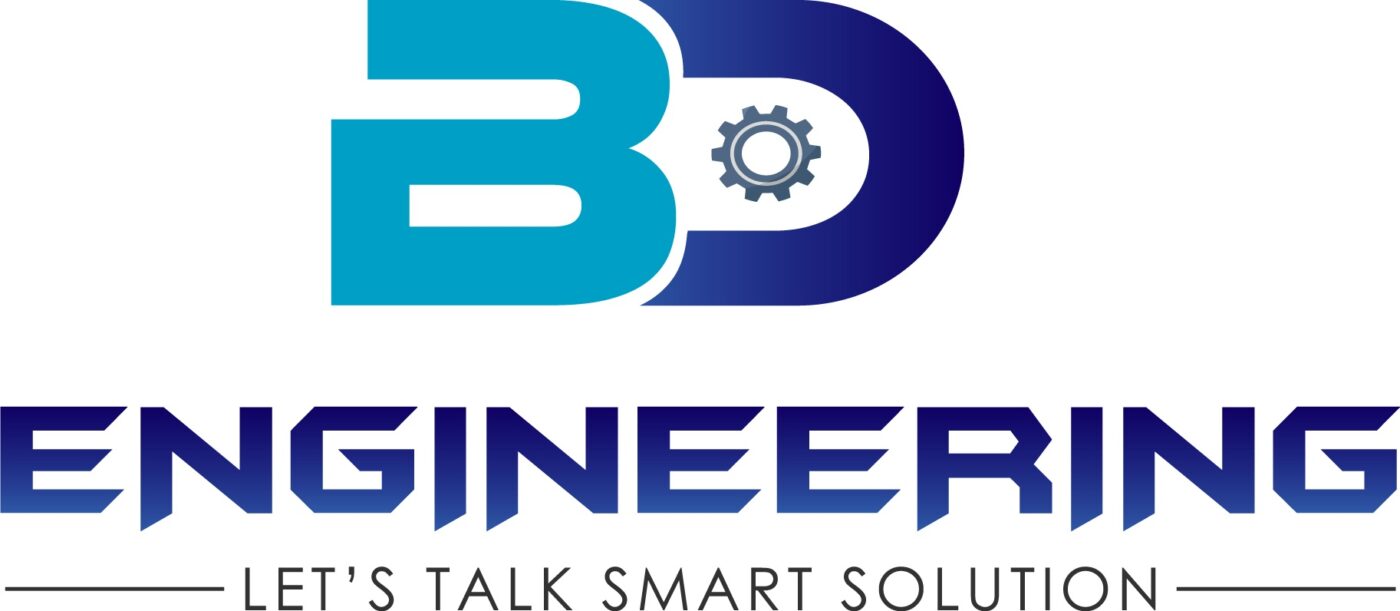Variable Frequency Inverter-VFD Inverter Drive
A Variable Frequency Inverter, also known as a Variable Frequency Drive (VFD) or AC Drive, is an electronic device used to control the speed and torque of an alternating current (AC) electric motor. It is commonly used in industrial applications to optimize energy consumption, improve motor performance, and enable flexible motor speed control.
A Variable Frequency Drive (VFD), also known as an Inverter Drive or AC Drive, is a type of electronic device used to control the speed and torque of an AC induction motor. Here’s an overview of what VFDs are, how they work, and their applications:
What is a Variable Frequency Drive (VFD)?
- Function: A VFD controls the speed of an AC motor by adjusting the frequency and voltage of the electrical power supplied to the motor.
- Components: It typically consists of a rectifier (to convert AC to DC), a DC bus or capacitor bank, an inverter (to convert DC back to variable-frequency AC), and a control unit.
- Control: VFDs allow precise control over motor speed, acceleration, and deceleration, improving efficiency and reducing wear and tear.
How Do VFDs Work?
- Rectification: AC power from the mains is converted to DC through a rectifier stage.
- DC Bus: The DC voltage is stored in a DC bus or capacitor bank to smooth out fluctuations.
- Inversion: The DC voltage is then converted back to AC with variable frequency and voltage using an inverter stage.
- Control Logic: The control unit adjusts the frequency and voltage output based on input signals (e.g., from sensors, PLCs) and user settings.
Applications of VFDs:
- Industrial Automation: Used in various industries for controlling conveyor belts, pumps, fans, and other machinery to optimize energy consumption and operational efficiency.
- HVAC Systems: In buildings, VFDs control the speed of HVAC fans and pumps to match varying heating and cooling demands, improving energy efficiency.
- Water and Wastewater Treatment: Used to control pumps and blowers, adjusting flow rates based on demand to save energy and extend equipment life.
- Manufacturing Processes: In manufacturing, VFDs are used in machine tools, extruders, and other equipment to regulate speed and enhance productivity.
- Renewable Energy: In wind turbines and solar power systems, VFDs adjust motor speeds to maximize energy capture and improve grid stability.
Benefits of Using VFDs:
- Energy Efficiency: Reduces energy consumption by matching motor speed to actual load requirements, avoiding constant-speed inefficiencies.
- Equipment Protection: Limits mechanical stress on motors and machinery by controlling acceleration and deceleration rates.
- Cost Savings: Lower energy bills and reduced maintenance costs due to extended equipment life and fewer breakdowns.
- Flexibility: Allows for precise control over processes, accommodating varying operational needs and improving overall system performance.
Considerations When Choosing VFDs:
- Motor Compatibility: Ensure compatibility with the type and rating of the AC induction motor (e.g., voltage, current, horsepower).
- Environmental Conditions: Select VFDs rated for the environmental conditions (e.g., temperature, humidity) where they will operate.
- Integration: Consider compatibility with existing control systems, communication protocols (e.g., Modbus, Ethernet/IP), and software interfaces.
- Safety and Compliance: Ensure VFDs meet relevant safety standards (e.g., UL, CE) and comply with local regulations.
Popular VFD Manufacturers:
- ABB
- Siemens
- Schneider Electric
- Danfoss
- Mitsubishi Electric
- Rockwell Automation (Allen-Bradley)
- Yaskawa
These manufacturers offer a range of VFDs suitable for different applications and industries, providing options for various performance levels, features, and integration capabilities. When selecting a VFD, it’s important to consider specific application requirements, system compatibility, and long-term operational needs to maximize benefits and efficiency gains.

